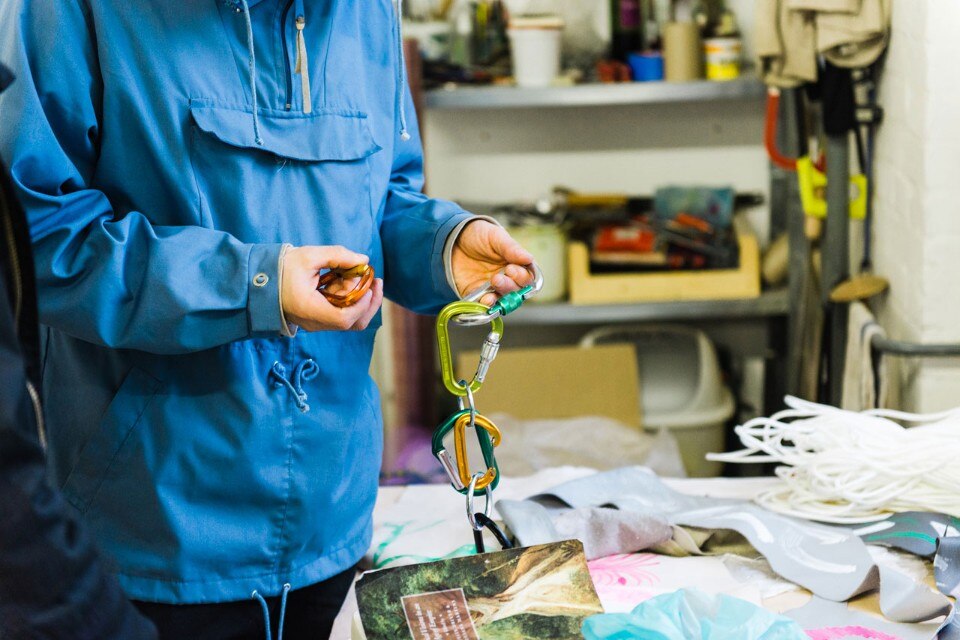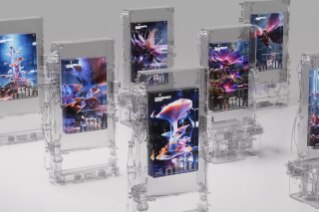
Do you know how a food disposer works?
60% of American kitchens have one, and food waste disposers are becoming increasingly popular in Italy as well. But what exactly are they, and how do they work?
- Sponsored content
![Adrien Missika, <i>[ham-uh k]</i>, installazione site-specific per Natuzzi, Miami. Photo Monica Schipper Adrien Missika, <i>[ham-uh k]</i>, installazione site-specific per Natuzzi, Miami. Photo Monica Schipper](/content/dam/domusweb/en/news/2015/12/08/natuzzi_open_art/domus-01-natuzzi-open-art-miami.jpg.foto.rmedium.jpg)
![Adrien Missika, <i>[ham-uh k]</i>, site-specific installation for Natuzzi, Miami. Photo Monica Schipper Adrien Missika, <i>[ham-uh k]</i>, site-specific installation for Natuzzi, Miami. Photo Monica Schipper](/content/dam/domusweb/en/news/2015/12/08/natuzzi_open_art/domus-03-natuzzi-open-art-miami.jpg.foto.rmedium.jpg)
The installation represents the fruit of his total immersion in the product development Style Center at the Natuzzi HQ in Puglia that constitutes the creative heart of the company.
[ham-uh k] gives continuation with Missika’s Siesta Club project, where he installed hammocks in various parts of the world, inviting visitors to stop and relax.
“A hammock is a functional object created by human beings for relaxation”, states Missika. “I like the idea of giving this object a rest, making it a sculpture or a painting, abstracting it from its function, but without compromising its visual impact”.
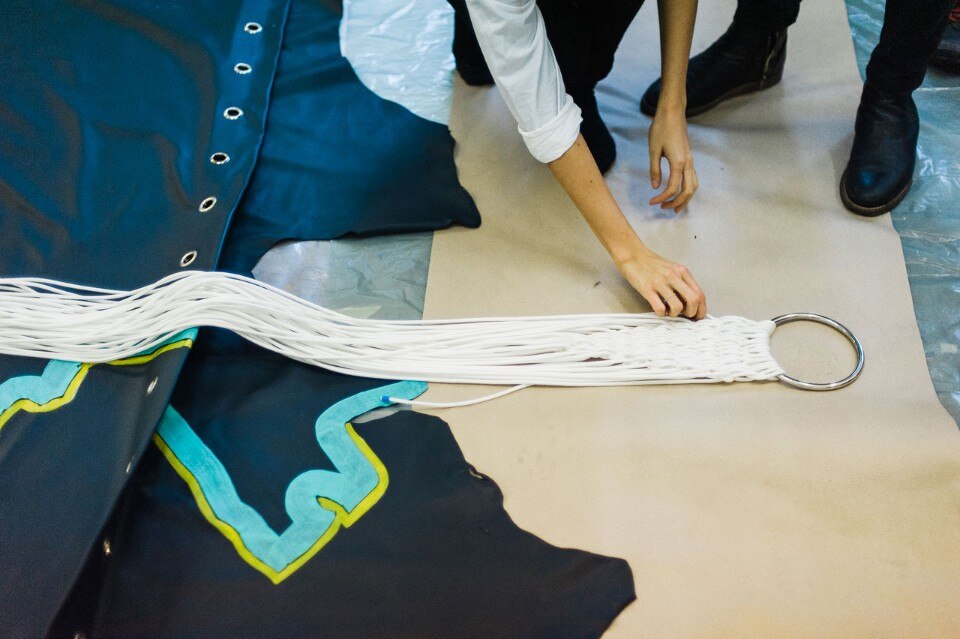
 View gallery
View gallery


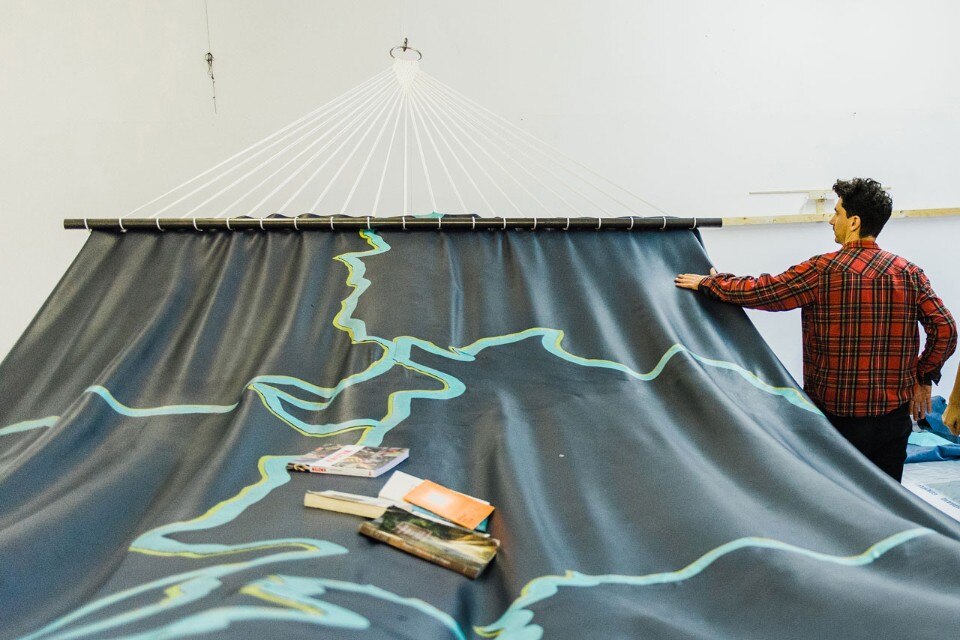



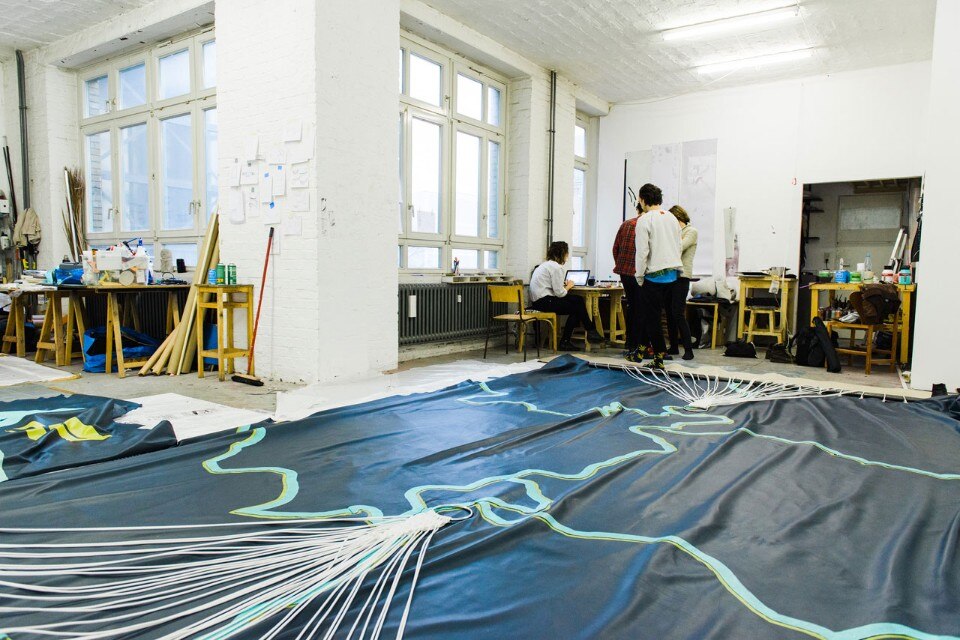
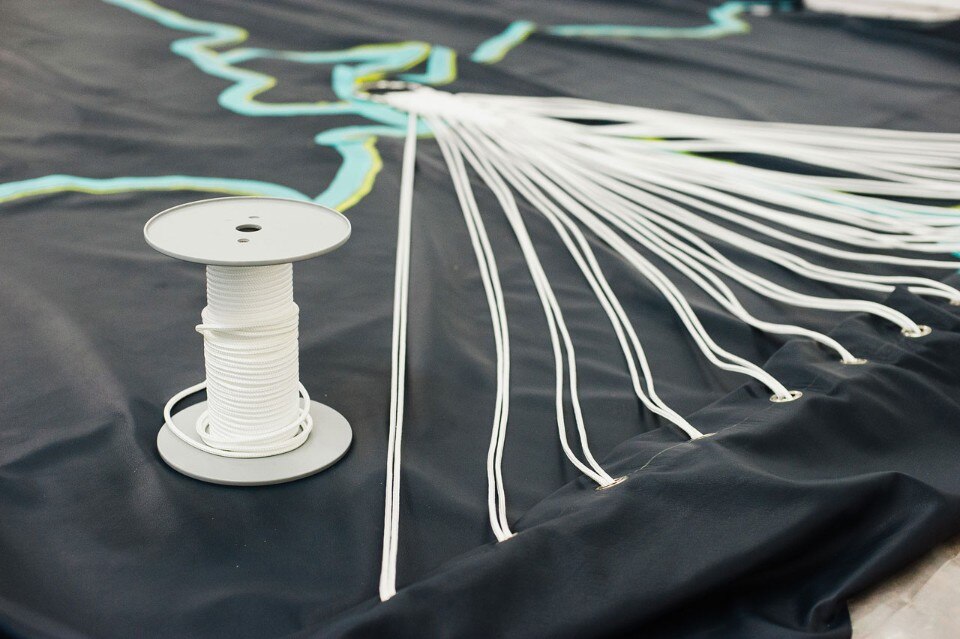


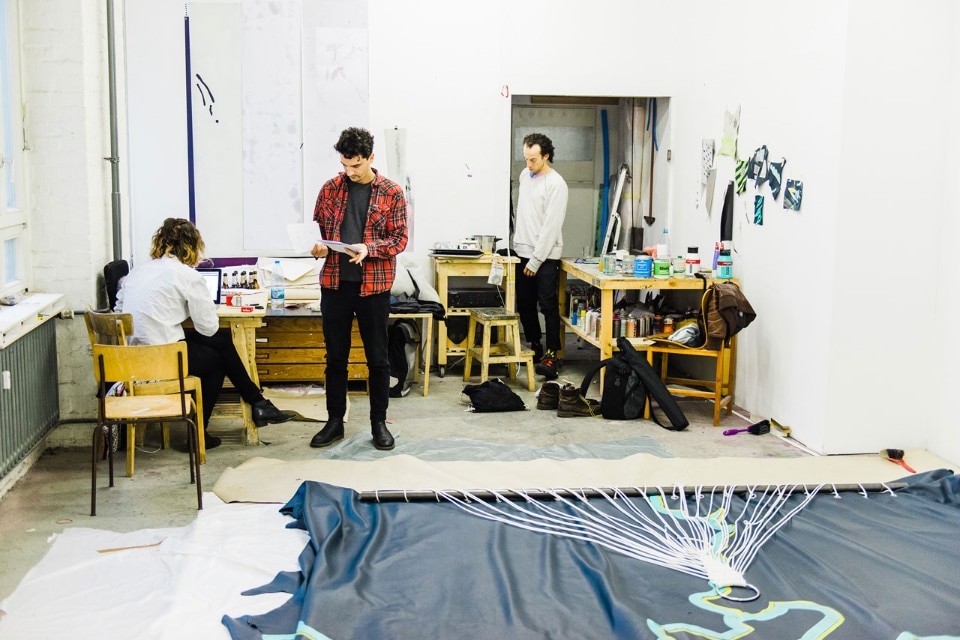

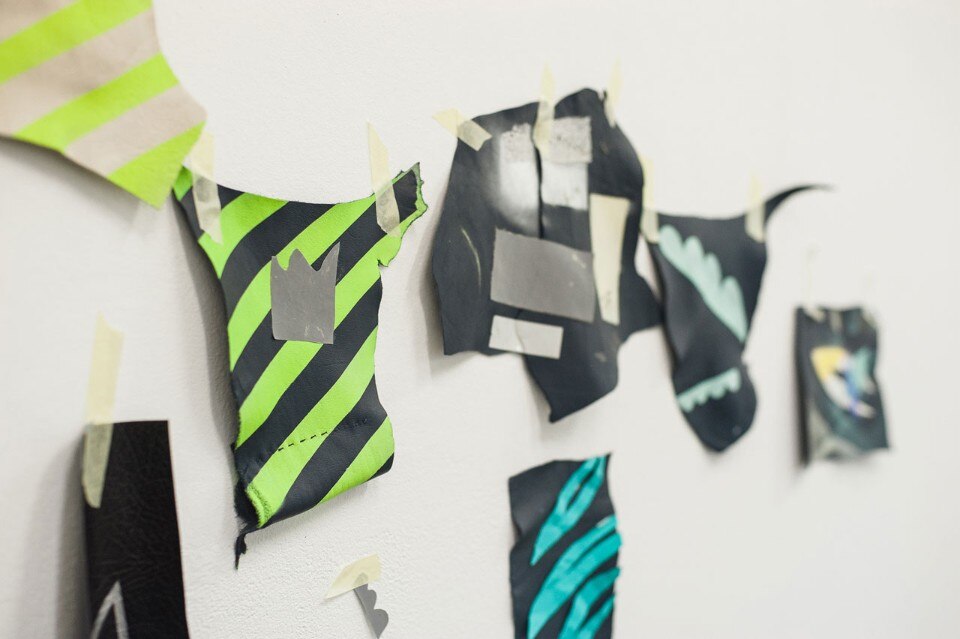
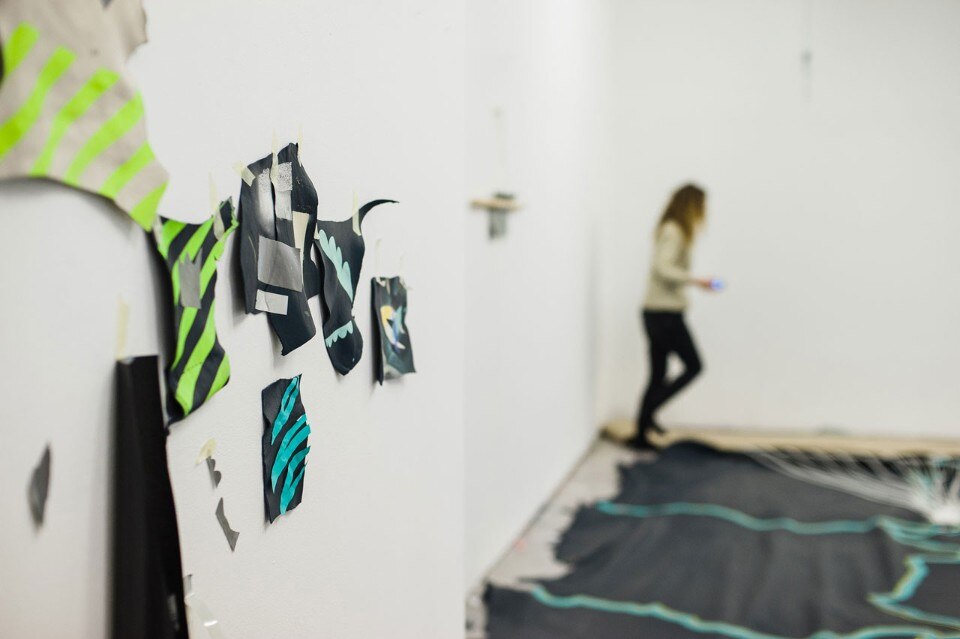


For a new ecology of living
Ada Bursi’s legacy is transformed into an exam project of the two-year Interior Design specialist program at IED Turin, unfolding a narrative on contemporary living, between ecology, spatial flexibility, and social awareness.
- Sponsored content


![Adrien Missika, <i>[ham-uh k]</i>, installazione site-specific per Natuzzi, Miami. Photo Monica Schipper Adrien Missika, <i>[ham-uh k]</i>, installazione site-specific per Natuzzi, Miami. Photo Monica Schipper](/content/dam/domusweb/en/news/2015/12/08/natuzzi_open_art/domus-00-natuzzi-open-art-miami.jpg.foto.rmedium.jpg)
